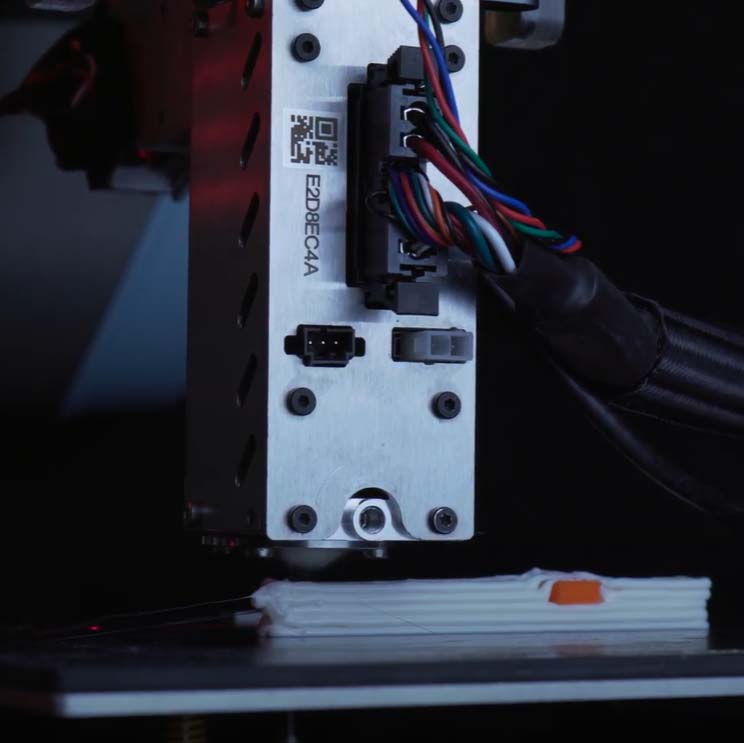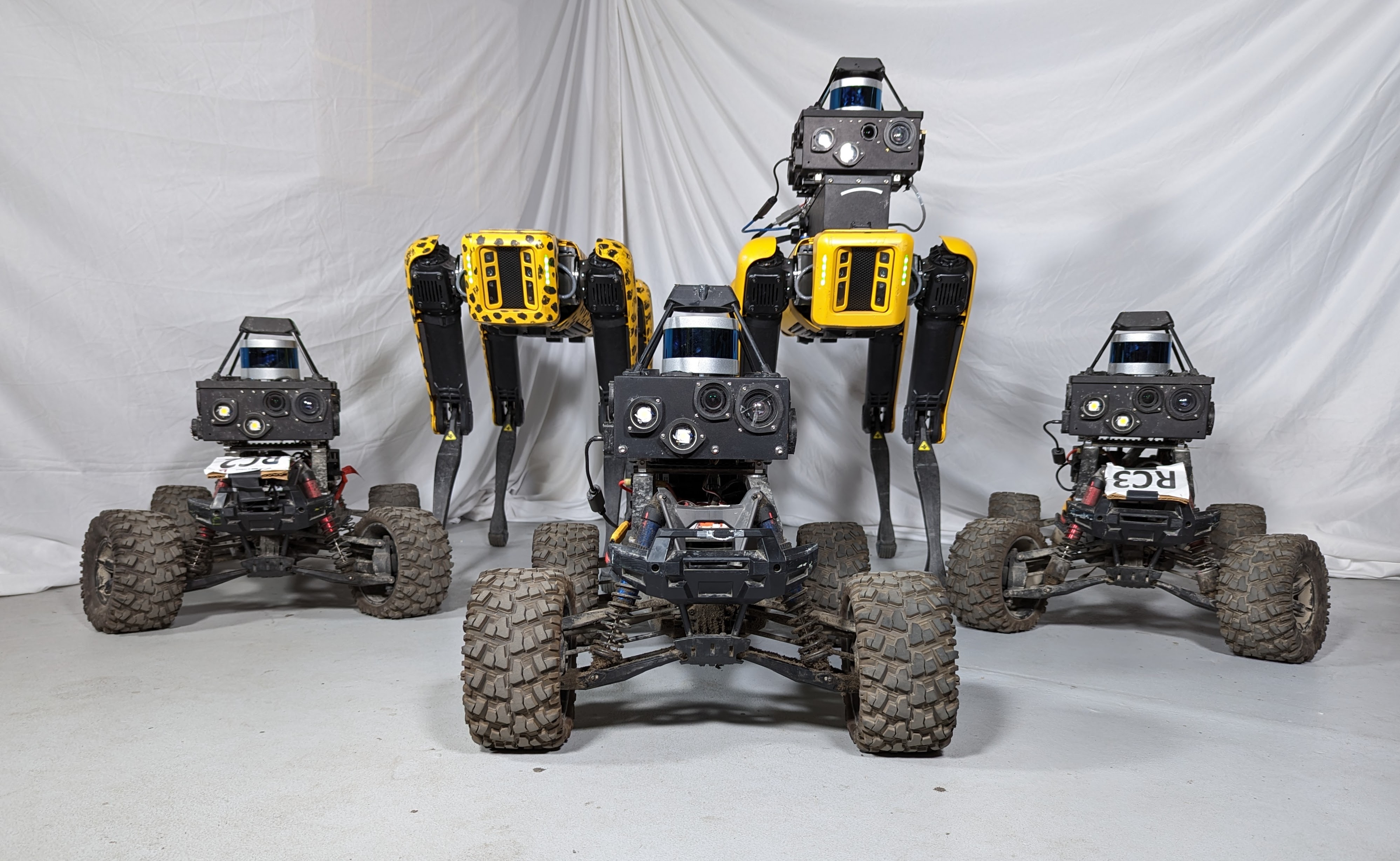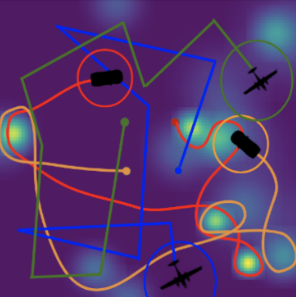Pipe Inspection
Pipelines, crucial infrastructures supporting human civilization, may experience degradation from various factors like corrosion, geological subsidence, and improper plumbing or digging, leading to economic losses and hazardous incidents. The inspection and maintenance of pipelines are of paramount importance. Conventionally, nondestructive testing (NDT) and inspection for pipes often involves the use of push-rod borescopes, which typically consists only of a camera for 2D video footage capturing. Due to the monomodal nature of 2D images, such methods may fall short of the objectives to detect and localize anomalies.
Leveraging the In-pipe Inspection Sensoring and SLAM technology developed at our lab, we are capable of acquiring a more comprehensive digital record of the pipe interior through automatically collecting sensory data and perform RGB-D reconstructions in pipes, providing a combination of visual, 3D, and georeferencing information. Conbined with AI-based anomaly detection and cloud computing technology, we aim to use the in-pipe data for more sophisticated pipe condition monitoring, assessment, and anomaly localization.
Our objective is to provide intelligent and efficient trenchless rehabilitation solutions that deliver the highest level of precision and insight with minimal human involvement. By revolutionizing the way pipelines are inspected and maintained, we aim to promote safety, reliability, and environmental sustainability across the industry.
To learn more about our in-pipe inspection technology, visit this website.
Wide Ranges of Use Cases Across Industries
Relevant industries include but are not limited to natural gas, infrustructure (conduits), sewer, and wind turbine.
Cloud-Based Data Storage and Web-Based Visualization
To facilitate downstream usage, we are developing a in-pipe scanning database and user interfaces for interactive visualizating the scans. This website shows a reconstructed point cloud sample of the pipe interior.
Data Capturing for Anomaly Detection and Predictive Maintenance
After capturing the visual images and 3D point clouds, it is essential to analyze the data and pinpoint the existing anomalies. Furthermore, we also envision the capability to predict future anomalies, so that a maintenance plan can be preemptively outlined and the defects can be prevented in advance.



